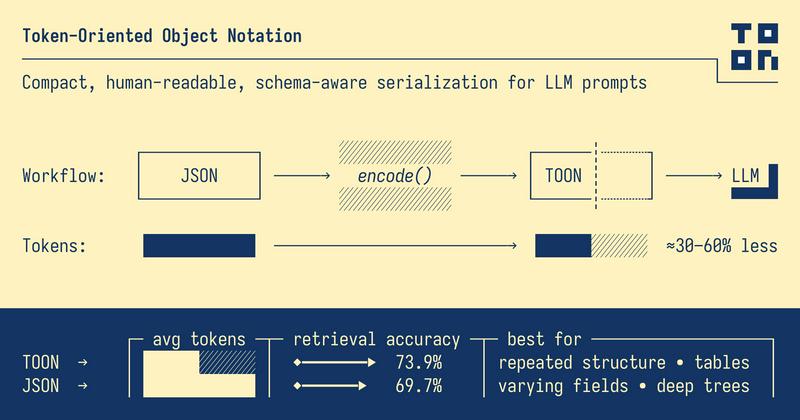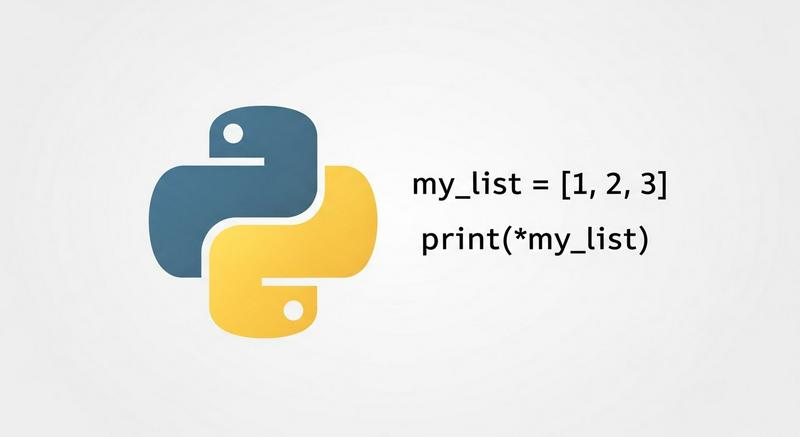Topics

Exploring Python's
cachier ModuleThe cachier module in Python offers an efficient, decorator-based caching solution for function results, allowing developers to enhance the performance of their applications with minimal code changes. By using cachier, functions remember their previously computed results, greatly reducing unnecessary recalculations.
Exploring Python's
tabulate ModuleThe tabulate module in Python offers a simple solution to format tabular data in plain text, HTML, and many other formats, providing the capability to display data clearly. Understanding its features is essential for improving the presentation of data in CLI applications.
Understanding Python's
operator ModuleThe operator module in Python offers a set of efficient, clean, and readable methods that correspond to standard operators. By providing a functional way of accessing intrinsic functions and operators, the module enhances the performance and readability of your Python code.

Understanding Python's Magic MethodsPython's magic methods, or dunder methods, offer a way to interact with object internals, allowing developers to define object behavior across various operations. They make Python special by enabling the customization of built-in functions and operations. Understanding and implementing these methods is crucial for writing idiomatic and effective Python code.

Exploring New
t-string (Template String)Python’s t-string feature introduces a deferred string formatting model. This article explores its capabilities and demonstrates how it improves flexibility and clarity when handling templates in Python applications. From simplifying delayed formatting to supporting localization and dynamic substitution, this feature opens new options for developers working extensively with strings.
F-strings in Python: Unleashing Powerful String InterpolationPython's f-strings, introduced in version 3.6, revolutionize string interpolation by making it more readable, concise, and efficient. From evaluating expressions to formatting dates and times, they provide a versatile tool for developers looking to streamline code and enhance performance.

Exploring Python's
faker ModuleThe faker module in Python is an amazing library to generate dummy data, providing developers with realistic names, addresses, numbers, and more for testing and development. Leveraging Faker’s capabilities can streamline the testing process, offering convenient methods to quickly generate dummy datasets.


